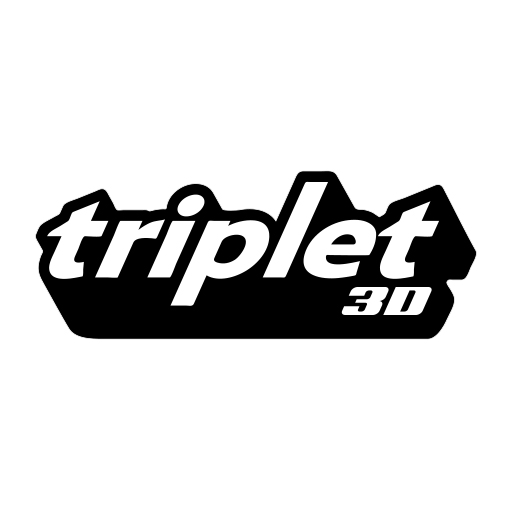Cinema 4D Tutorials: Cameras
In this 7th episode of intro to Cinema 4D Tutorials, you’ll learn how the cameras work. The tools that will be covered are the camera object, target camera, 3D stereo camera, and motion camera. I created a few scenes that I will be working with to demonstrate the camera features. The first is a simple cityscape created with Mograph and environment fog. The second is a simple scene using cloned spheres.
The topics that will be covered in this tutorial are the following:
Selecting pre-defined focal lengths or inputting custom settings.
Controlling the white balance of your camera to dramatically alter the look of your scene.
Using the depth of field to blur the background of your scene.
Controlling the near and far clipping camera features.
Using the camera composition guides and modifying their properties.
Implementing the ‘align to spline tag’ for camera animation. Using the position and tangential features.
The difference between a regular camera and 3D stereo camera.
Enabling stereoscopic rendering in the render settings and viewport.
Motion camera tag.
Keyframing the motion camera position along a path spline.
Adding footsteps and head rotation to a motion camera.
Hope you enjoy this episode of intro to Cinema 4D tutorials. If you have any questions about any specific camera features, insights that you’d like to share, or tutorials you like to see created, please leave a comment below.


There are no comments so far